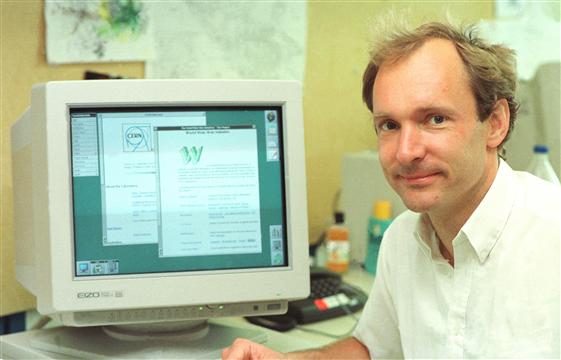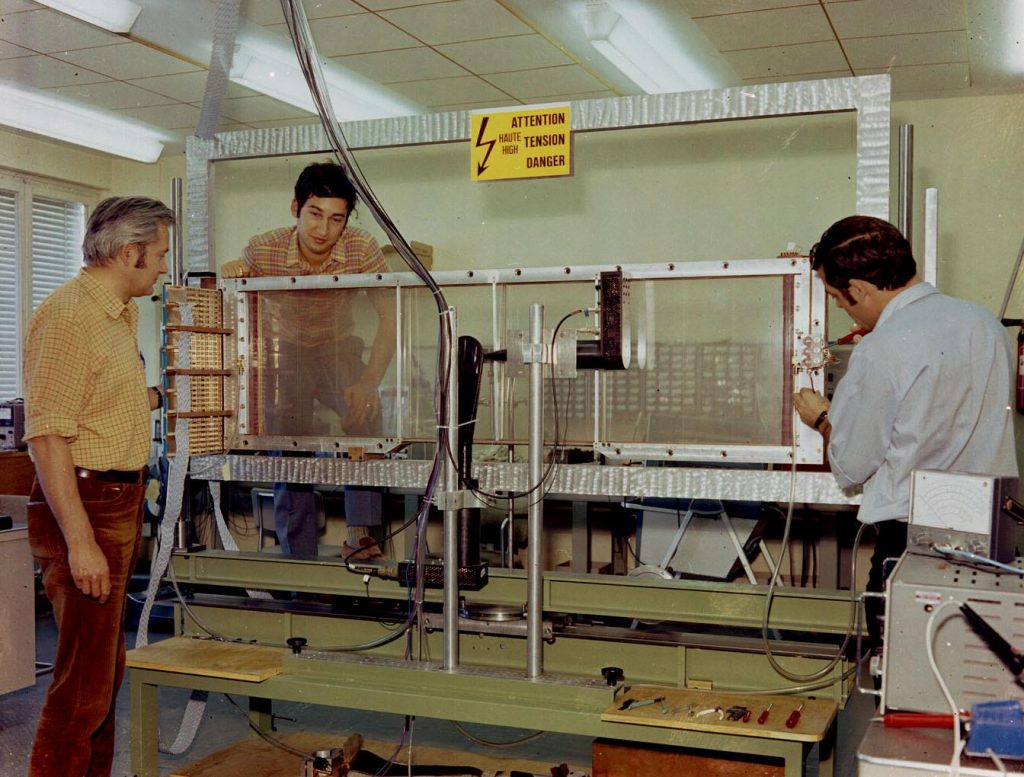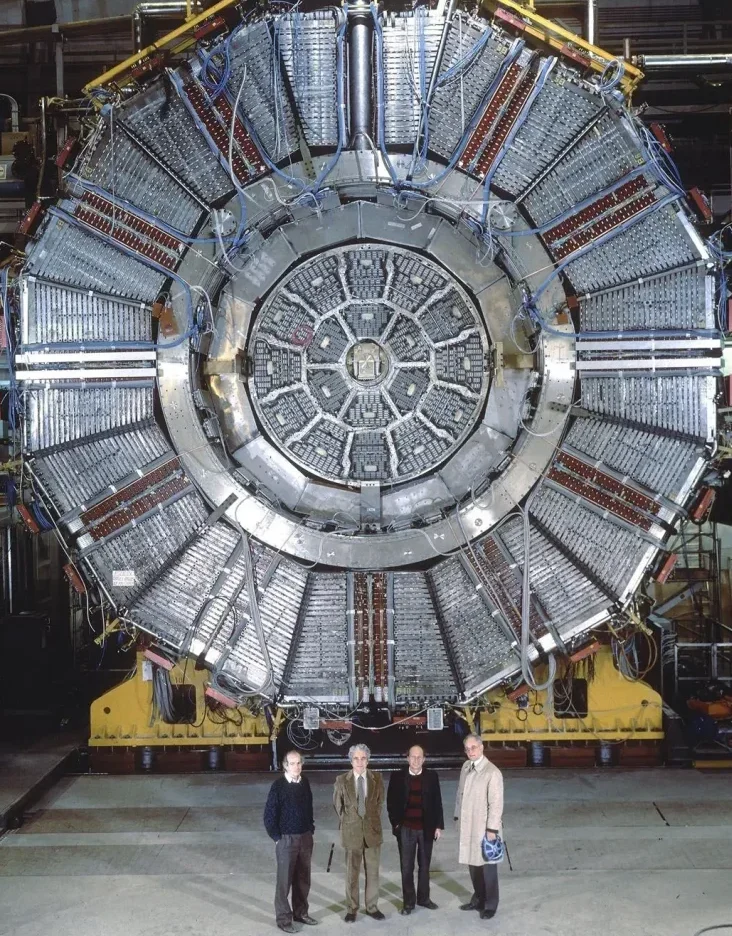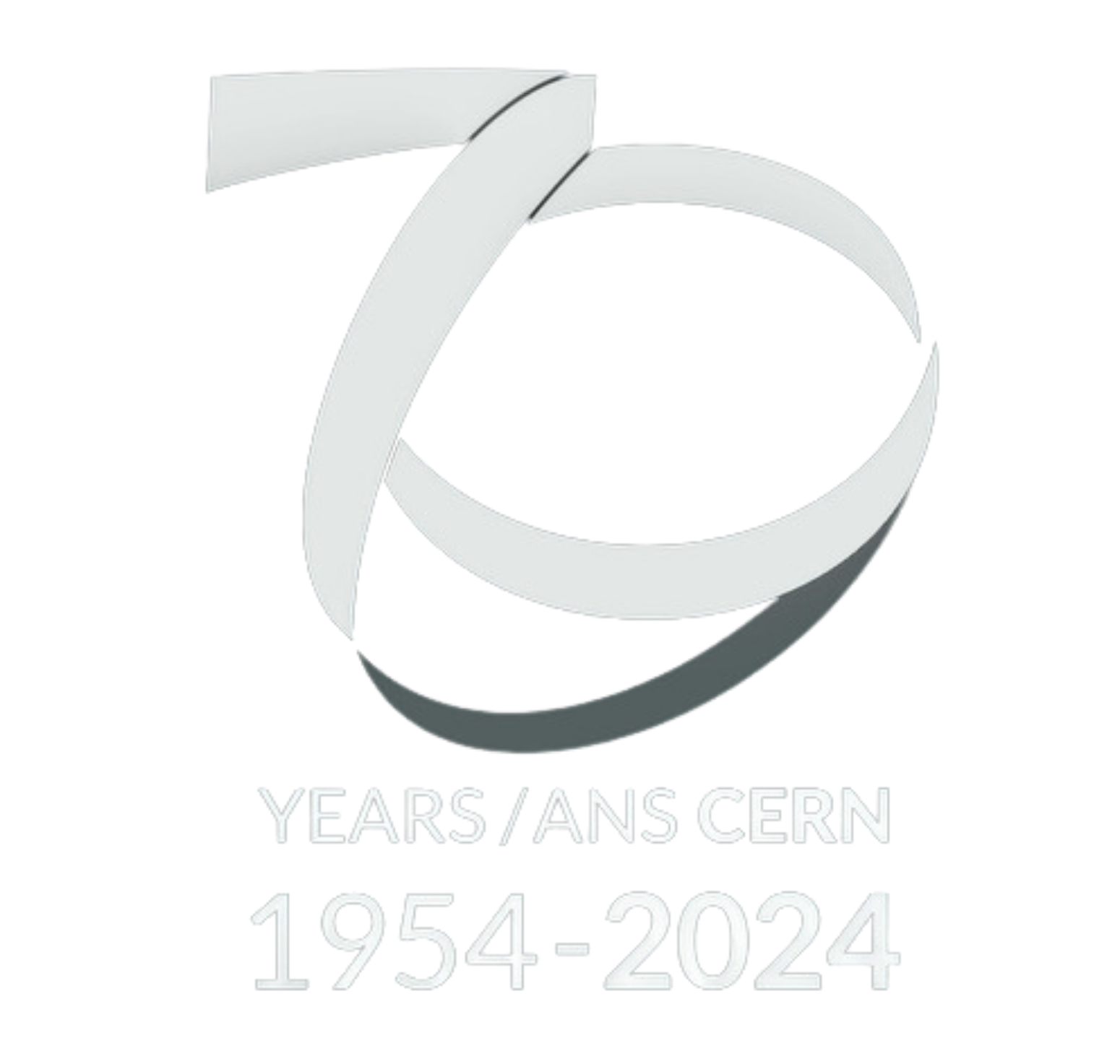Fundamental research is CERN’s primary mission, but the Laboratory also plays a vital role in developing the technologies of tomorrow. From materials science to computing, particle physics demands the ultimate in performance, making CERN an important testbed for industry.
The best-known CERN technology is the World Wide Web, invented to allow an ever-increasing number of scientists to share information. For many of us today, life without the Web seems inconceivable. Equally revolutionary is the first “cloud”, the Worldwide LHC Computing Grid, which harnesses the power of computers around the world. It was developed at CERN to process the vast amounts of data collected by the LHC experiments.
Electronic particle detection techniques have revolutionised medical diagnosis. Detectors invented by Georges Charpak in 1968 allow X-ray images to be made using a fraction of the dose required by photographic methods. Crystals developed for CERN experiments in the 1980s are now ubiquitous in PET scanners. And today, developments for a new generation of CERN detectors are allowing PET and MRI imaging techniques to be combined in a single device.



CERN’s basic tools – particle accelerators and detectors – also have applications in everyday life. Invented as tools for research, there are thousands of particle accelerators in operation in the world today, of which only a small percentage are used in basic research. The vast majority find applications ranging from medical diagnosis and therapy to computer chip manufacture.
Without the know-how obtained in particle physics, progress in many fields would have been much slower. CERN, in partnership with industry, gives companies expertise that they can apply elsewhere, enabling CERN technology to reach society quickly for the benefit of everyone.
Read more:
